
One of the biggest security concerns, when it comes to IoT devices, is unauthorized access. Unbeknownst to the everyday user, each device can act as an entry point into a network. Leaving them unsecured could create a large and unmanageable attack surface.
The Mirai botnet malware attack, which struck two years ago, showed just how high IoT risk really is. To carry out the attack, hackers gained access to millions of routers and IP cameras through hardcoded default passwords, like admin/password or root/1234.
They then created a botnet leveraging the hijacked cameras to conduct a coordinated DDoS (distributed denial of service) attack that rendered much of the Internet inaccessible on the United States' East Coast.
More recently, VPNFilter malware targeted IoT devices, infecting SOHO (small-office-home-office) routers through well-known software vulnerabilities.
"Who cares about SOHO routers?" you might ask. Well, these devices are used by critical infrastructure, such as the energy sector. Imagine the impact this kind of malware could have on the U.S. if it could shut down energy grids.
The potential ramifications of compromised IoT devices could be detrimental to both our online and physical safety.
As these examples show, IoT devices have the potential to create a high-risk security environment capable of widespread, crippling damage -- not to mention a complete headache for security executives and their teams.
Managing Your IoT Devices
Managing IoT devices as employees, as part of your identity and access management processes, is the best way to ensure any access is kept in check and potential threats or anomalies are monitored. Although there can be thousands of IoT devices connected to a network at once, it takes only one poorly managed machine to inadvertently breach an organization. As more of these devices join the network, businesses that employ these best practices can work to eliminate IoT as a threat, and begin to realize the productivity potential it was designed to bring them in the first place.
Source internet ...



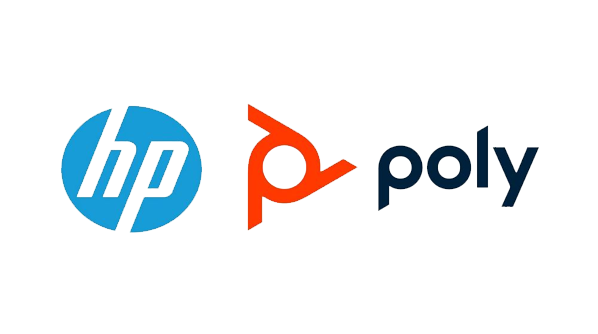
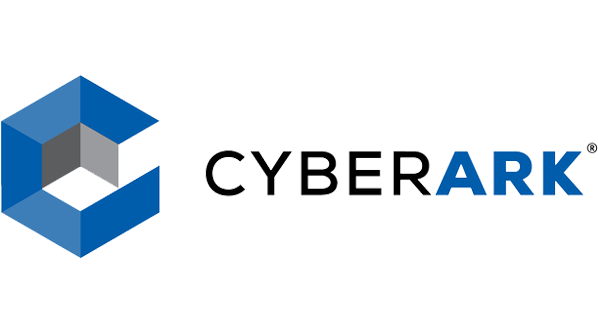

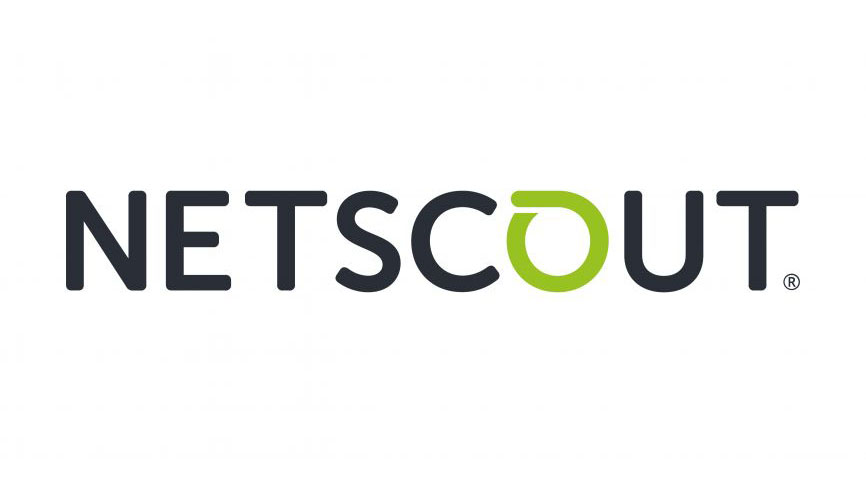

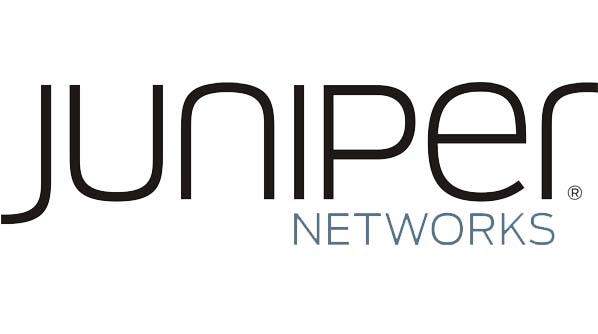







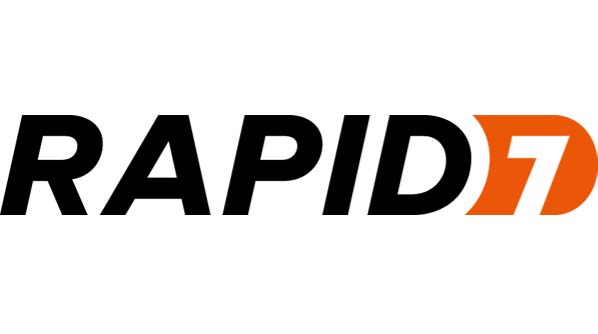
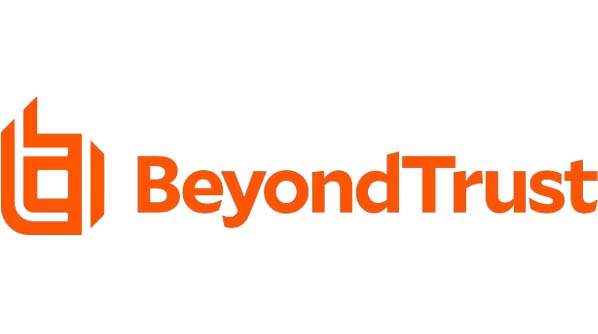

Ha Noi Office
Address: D0802 Viet Duc Complex, 39 Le Van Luong, Thanh Xuan Ward, Hanoi City, Vietnam.
Tel: +84-24-6663 5757 - Fax: +84-24-6663 5758
Email: info@svtin.net - Website: www.svtin.net
Ho Chi Minh Office
Address: 1201 Hoang Sa, Tan Son Nhat Ward, Ho Chi Minh City, Vietnam.
Tel: +84-28-3846 0204 - Fax: +84-28-3846 0206
Email: info@svtin.net - Website: www.svtin.net